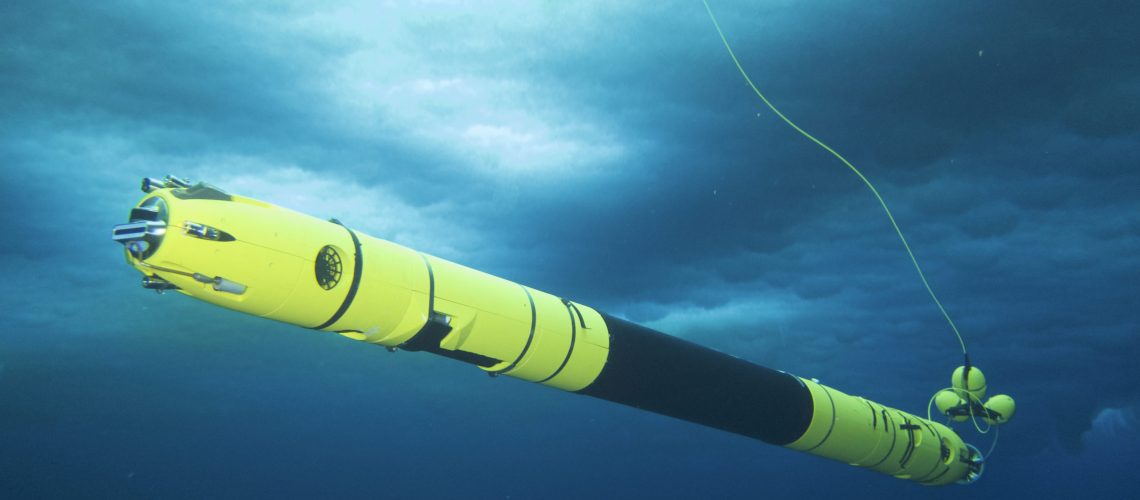Sorry for the long delay between updates, friends! The Icefin team has been busy at work the past few weeks with both dive operations and deep field preparations, all culminating with a lovely Thanksgiving holiday. We’ve finally found the time to dig out the pen and ink (or computer, I suppose).














Britney Schmidt, Matt Meister, Dan Dichek, Anthony Spears, Justin Lawrence, Ben Hurwitz, Andy Mullen, Peter Washam, and Enrica Quartini.
RISE UP: https://live-schmidt-astro-cornell.pantheonsite.io/project-rise-up/
MELT: https://live-schmidt-astro-cornell.pantheonsite.io/thwaites-melt/
ITGC: https://thwaitesglacier.org
RISP: https://www.instagram.com/the_ross_ice_shelf_programme/
For more updates, pictures, and videos, find us on Facebook, Instagram, and Twitter @icefinrobot
